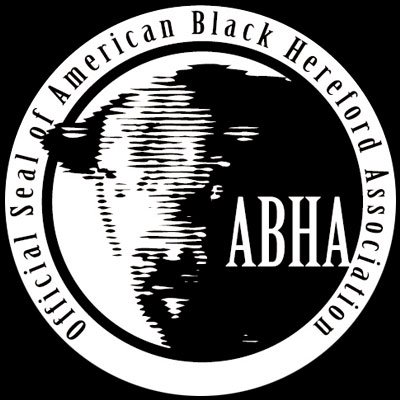The COLOR you can COUNT ON.
DEPENDABLE,
DOCILE,
PROFITABLE.
The Black Hereford was developed in the 1990s. It was derived from the Hereford breed and shares much of the same characteristics as the Hereford in size, temperament, quality of meat, etc. They also share some of the finer qualities of the other side of their lineage the Angus breed. They are strong highly adaptive; the calves are robust fast growers and they have an excellent quality of meat.
Today there are breeders of the Black Hereford cattle throughout England, Belgium, Mexico, Canada, New Zealand, Australia and in nearly all the American States.
Breed Advantages
Feed Efficiency
Increased Fertility
Docility
Profitability
Hardiness
Heterosis with Performance
How do you get a Black Hereford?
There are many ways to make a Black Hereford.
Step 1: Use a Registered Angus Bull to a Registered Hereford Dam or a Registered Angus Dam to a Registered Hereford bull. That animal is a F1 Cross, more commonly known as a Baldy, which it’s lineage can be traced in the Association but this animal is NOT a registered animal. A F1 animal is a vehicle to get to a registered animal.
Step 2: Then you can take that F1 female and breed it back to a Registered Hereford Bull or a 75% or greater Black Hereford Bull. The offspring from that pairing can then be registered. Animals must be 62.5% or greater to be registered in the ABHA.
You can also breed:
1. Registered Black Hereford Female to a Registered Black Hereford Bull of any percentage, that is an approved herd sire.
2. Registered Hereford Female and a Black Hereford Bull, that is an approved herd sire.
3. Registered Black Hereford Female and a Registered Hereford Bull. *Red Hereford Bulls must be nominated into the ABHA and be a walking herd sire in the AHA with EPD’s to qualify.


